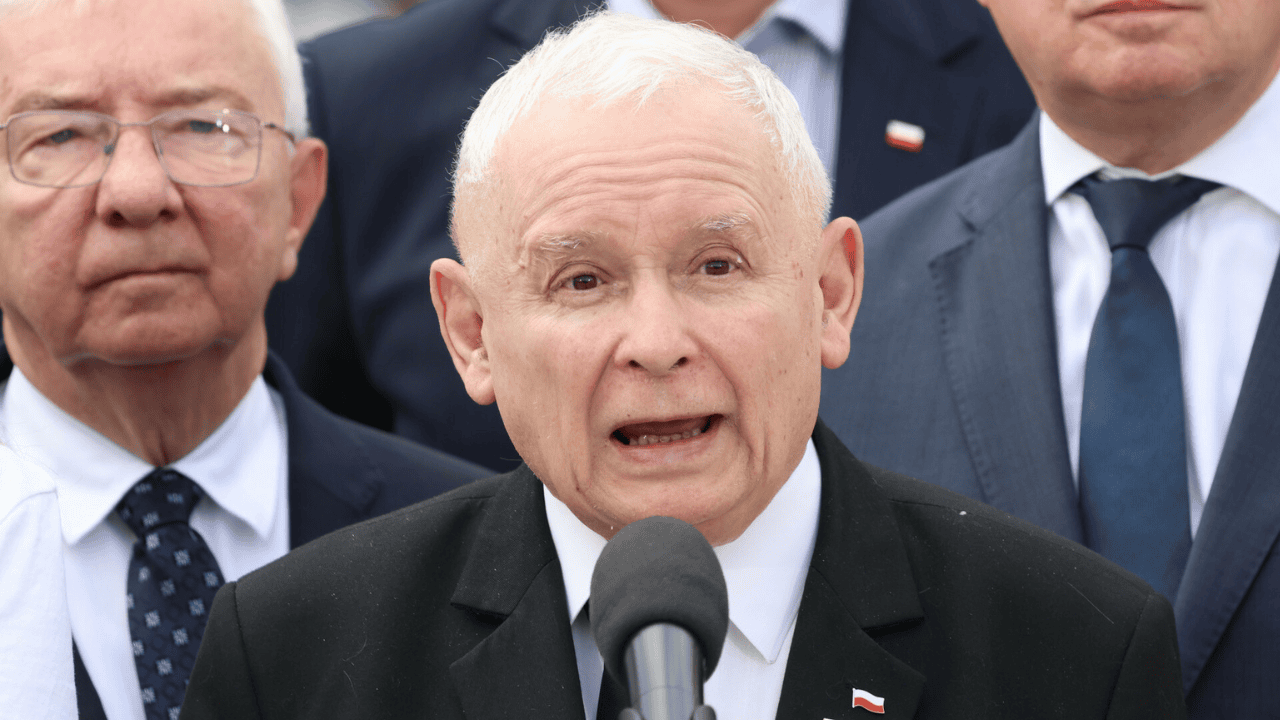
WASHINGTON, D.C.- The U.S. Air Force plans to retire its entire fleet of A-10 Thunderbolt II aircraft in fiscal year 2026, marking a historic shift in airpower strategy.
Under the same 2026 budget proposal, the Pentagon is canceling the Boeing E-7 Wedgetail program due to delays and rising costs, impacting future airborne command capabilities.
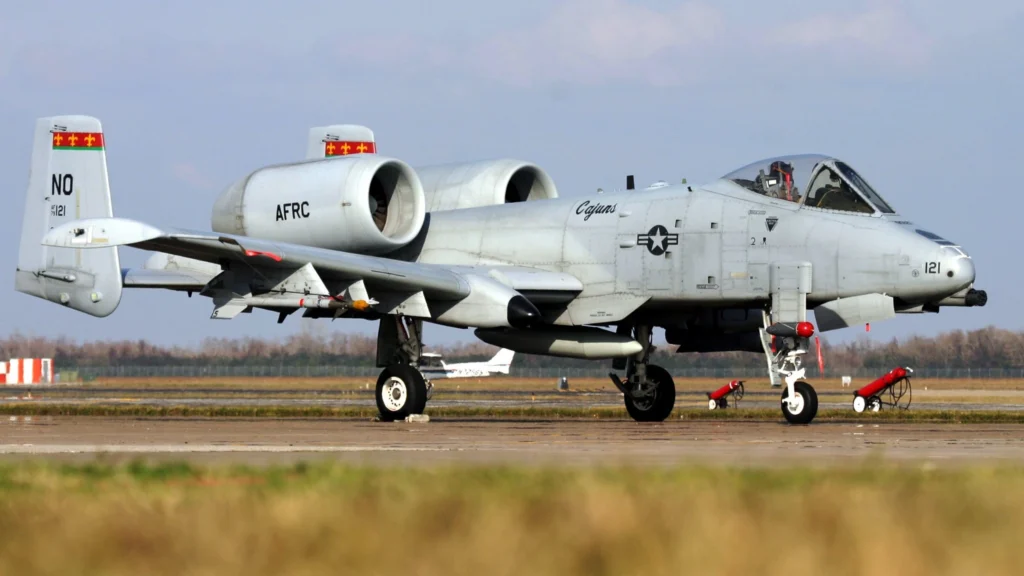 Photo: Christopher Ebdon | Flickr
Photo: Christopher Ebdon | FlickrUSAF to Retire All A-10s
As part of the Department of Defense’s $211 billion discretionary funding request for FY2026, the U.S. Air Force seeks to retire 340 aircraft, including the final 162 A-10s, also known as Warthogs.
The move accelerates previous plans to phase out the close-air-support platform by 2030. If approved, this would represent the largest aircraft divestment by the service in recent years.
Additional retirements include:
- 62 F-16C/Ds
- 21 F-15Es
- 13 F-15C/Ds
- 14 C-130H (IATA: LRD)
- 3 EC-130Hs
- 14 KC-135 Stratotankers
- 11 HH-60G Pave Hawks
- 4 UH-1Ns
- 35 T-1A Jayhawks
- 1 B-1B Lancer
Notably absent from the list are 32 Block 20 F-22As, which Congress has repeatedly refused to retire despite Air Force concerns about combat effectiveness.
ALSO READ: US Air Force Aircraft Fleet in 2025
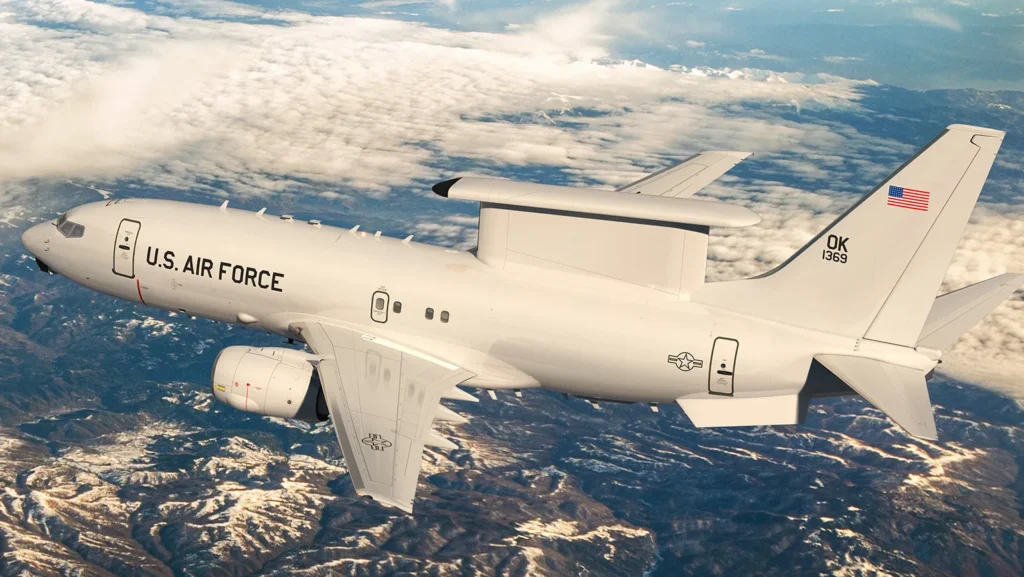 USAF Boeing E-7 Wedgetail (Artist Depiction); Photo- Wikipedia
USAF Boeing E-7 Wedgetail (Artist Depiction); Photo- WikipediaBoeing E-7 Wedgetail Program Cancelled
The Boeing E-7 Wedgetail, which was positioned to replace the aging E-3 Sentry AWACS aircraft, has been cut from the 2026 budget. Rising costs—from $588 million to $724 million per aircraft—and concerns about survivability in contested airspace led to the cancellation.
In its place, the Pentagon aims to invest in space-based surveillance systems and bolster existing capabilities with more Northrop Grumman E-2D Hawkeye aircraft.
This move marks a significant departure from previous Air Force strategy, which prioritized the E-7 as the cornerstone of future airborne battle management.
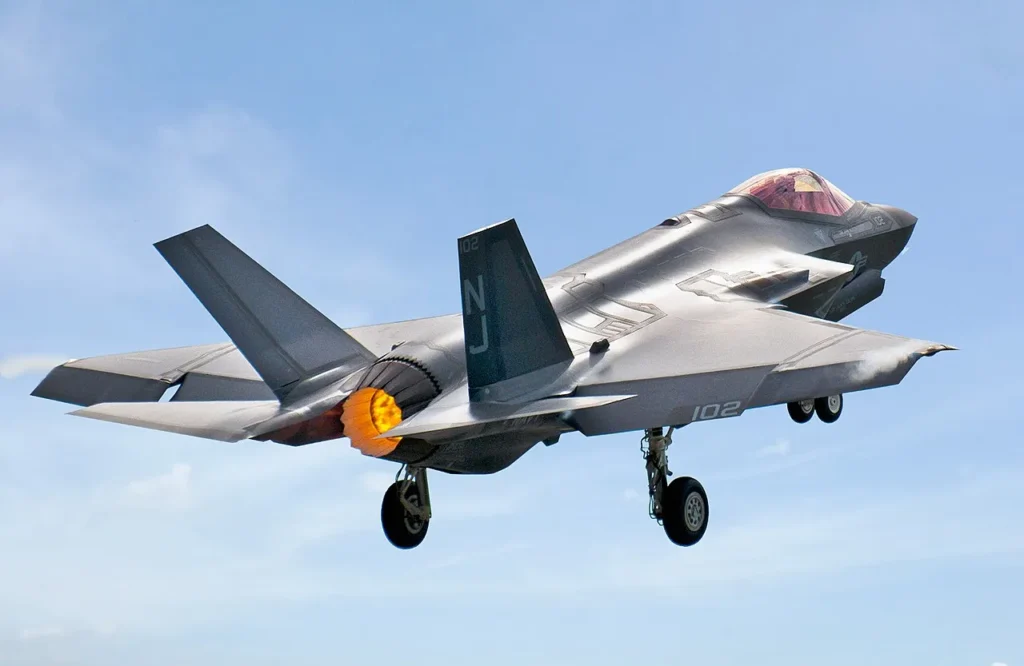 F-35 Lightning II; Photo- Wikipedia
F-35 Lightning II; Photo- WikipediaStrategic Investments in Modern Platforms
Despite the divestments, the Air Force budget increases investment in several key areas:
- B-21 Raider (IATA: EDW): $10.3 billion total, including $2.6 billion in procurement and $2.1 billion in reconciliation funding.
- LGM-35A Sentinel ICBM: $4.2 billion to replace the Minuteman III.
- F-15EX Eagle II: $3.1 billion to procure 21 new fighters, up from 18 in 2025.
- F-35A Lightning II: Reduced procurement from 44 to 24 jets; budget drops from $4.5 billion to $3.6 billion.
- Next Generation Air Dominance (F-47): R&D increases from $2.4 billion to $2.6 billion, with a potential boost to $3.5 billion including reconciliation funds.
Procurement for the Collaborative Combat Aircraft (CCA) drone program also rises to $807 million, aimed at accelerating autonomous wingman development.
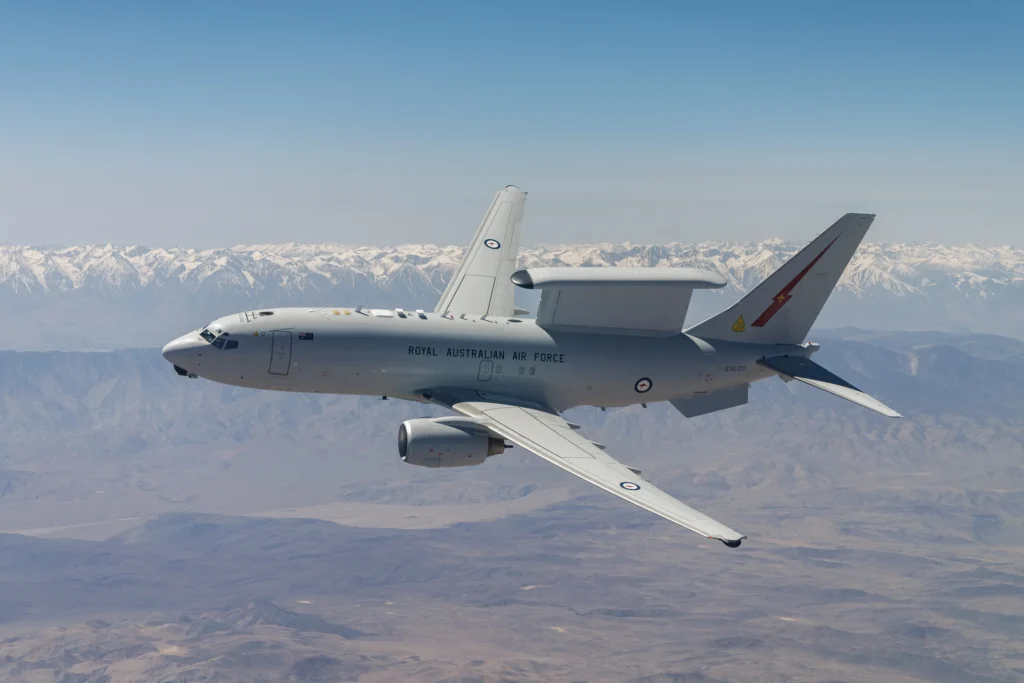 Royal Australian Air Force E-7A Wedgetail; Photo- Wikipedia
Royal Australian Air Force E-7A Wedgetail; Photo- WikipediaBudget Implications and Outlook
The Department of the Air Force’s total requested budget stands at $249.5 billion, including both discretionary and mandatory (reconciliation) spending.
If Congress does not pass the reconciliation bill, the Air Force’s budget would remain nearly flat at $184.9 billion, and the Space Force would face an 8.7% funding cut.
Personnel funding is projected at $44.5 billion, while operations and maintenance requests total $77.7 billion across both budget categories. Procurement allocations for 2026 would be:
- $24.8 billion for aircraft
- $6.1 billion for missile systems
- $784 million for ammunition
The budget also includes $362 million to purchase 14 Boeing T-7A Red Hawk trainers, while omitting new E-7 procurement entirely.
In a notable reversal, $387 million is restored for Lockheed Martin’s AGM-183A Air-launched Rapid Response Weapon (ARRW), signaling renewed interest despite past setbacks.
Stay tuned with us. Further, follow us on social media for the latest updates.
Join us on Telegram Group for the Latest Aviation Updates. Subsequently, follow us on Google News
Top 10 Largest Air Forces in the World in 2025
The post US Air Force to Retire 162 A-10 in 2026, New Boeing E-7 Program Cancellation appeared first on Aviation A2Z.







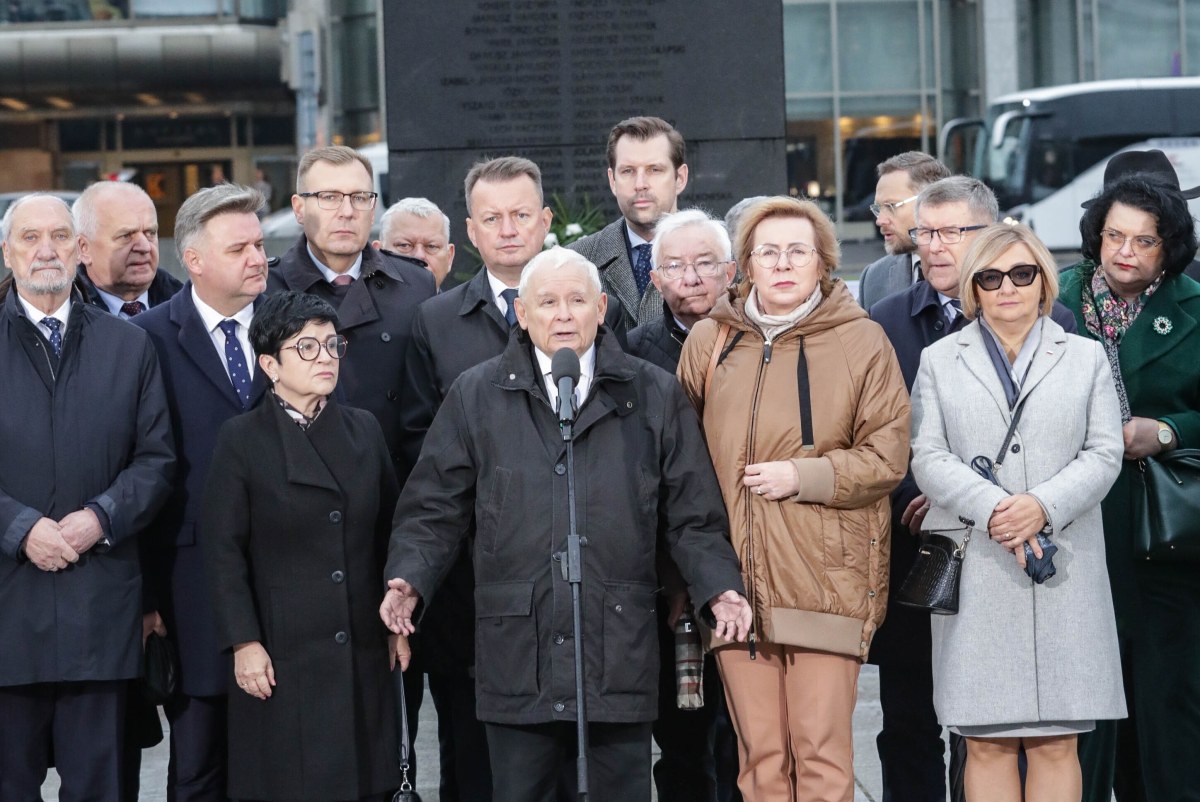
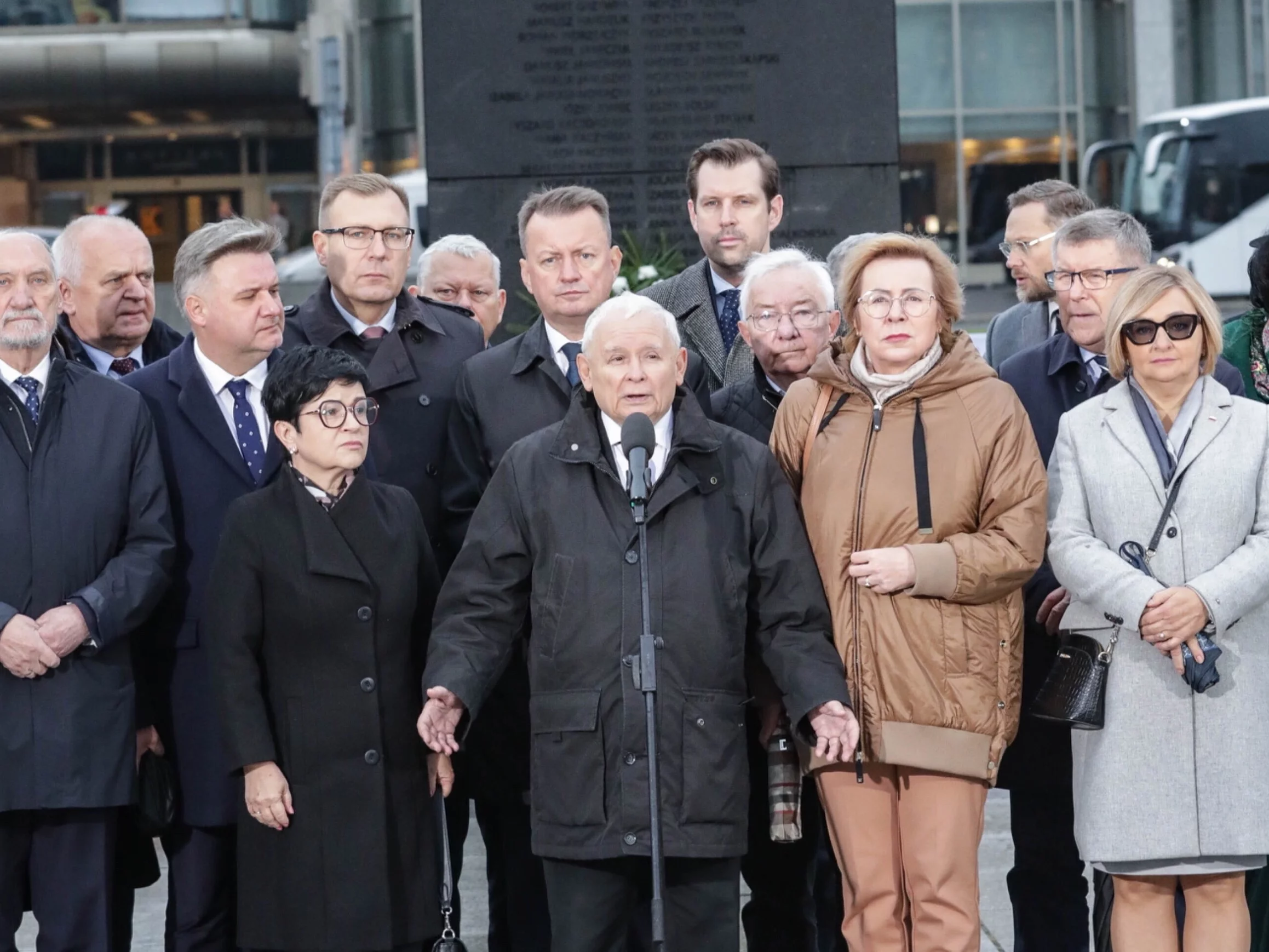
![A gdyby tak rzucić wszystko i wyjechać do Maroka… [zdjęcia]](https://tarnow.ikc.pl/wp-content/uploads/2025/10/ucieczka-do-tangeru-fot.-Artur-Gawle0001.jpg)

